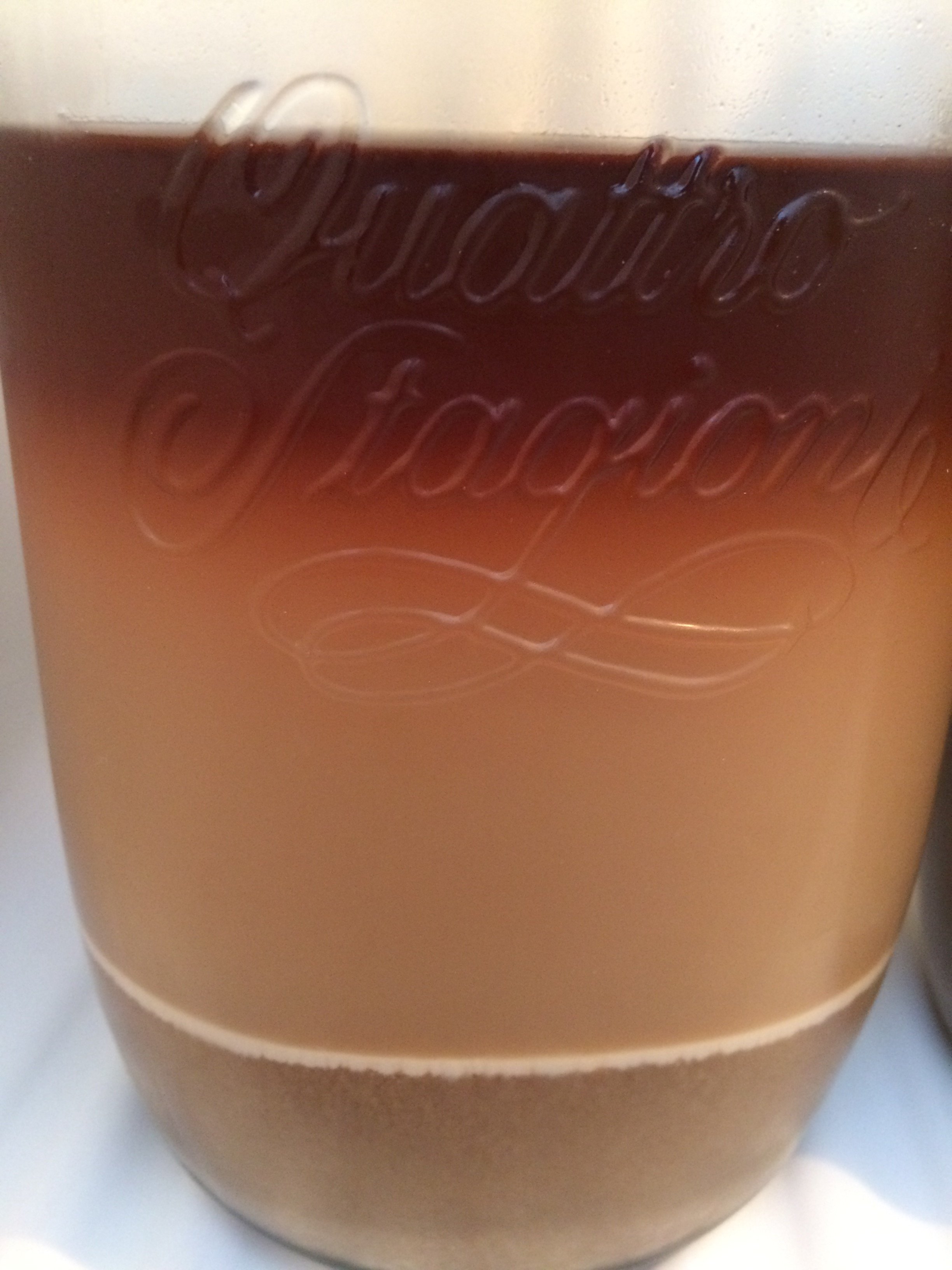Augusto Sotero
Active Member
- Joined
- Sep 2, 2017
- Messages
- 35
- Reaction score
- 0
Hi guys.
This is my first time washing yeast but it doesn’t look like it should be I think. It is wlp004 Irish ale, which I ordered online from a store in another city.
I have made a starter but with no stir plate and fermented a low gravity dry stout (og 1.044). It ended up at 1.014. After primary and secondary I cold crashed for 4 days and bottled. Then a put some water in my fermentor, shake and transferred the sludge to a glass vessel.
After 6 hours in the fridge though I am not seeing something like the pictures people post when they wash yeast, the 3 phases. It seems like the beer have decanted but the rest is just mixed up.
What do you guys think? Is this looking bad? Should I try to throw that beer away and put more water and shake more to try to separet this dark brown stuff from the light brown yeast?
This is my first time washing yeast but it doesn’t look like it should be I think. It is wlp004 Irish ale, which I ordered online from a store in another city.
I have made a starter but with no stir plate and fermented a low gravity dry stout (og 1.044). It ended up at 1.014. After primary and secondary I cold crashed for 4 days and bottled. Then a put some water in my fermentor, shake and transferred the sludge to a glass vessel.
After 6 hours in the fridge though I am not seeing something like the pictures people post when they wash yeast, the 3 phases. It seems like the beer have decanted but the rest is just mixed up.
What do you guys think? Is this looking bad? Should I try to throw that beer away and put more water and shake more to try to separet this dark brown stuff from the light brown yeast?








